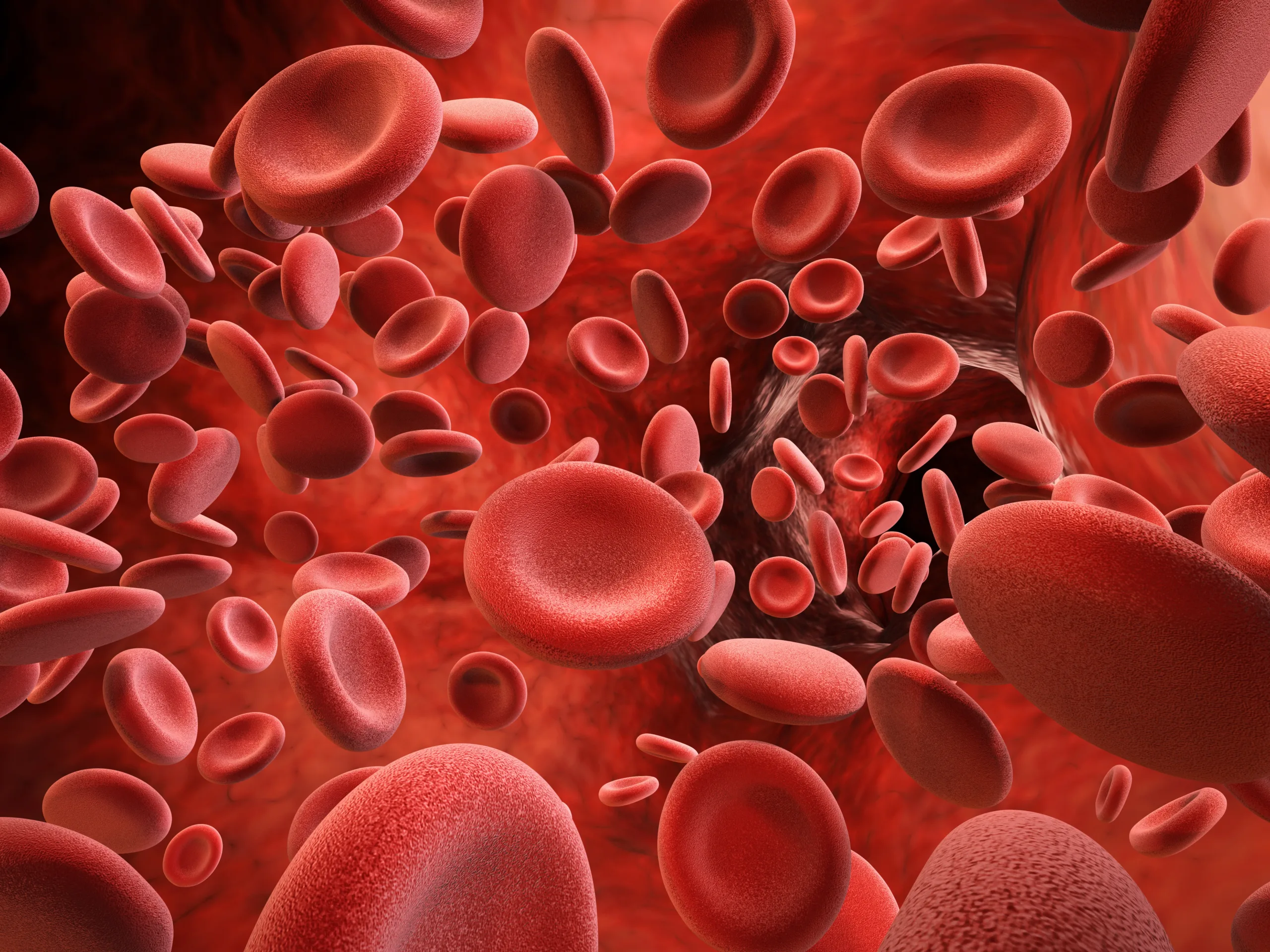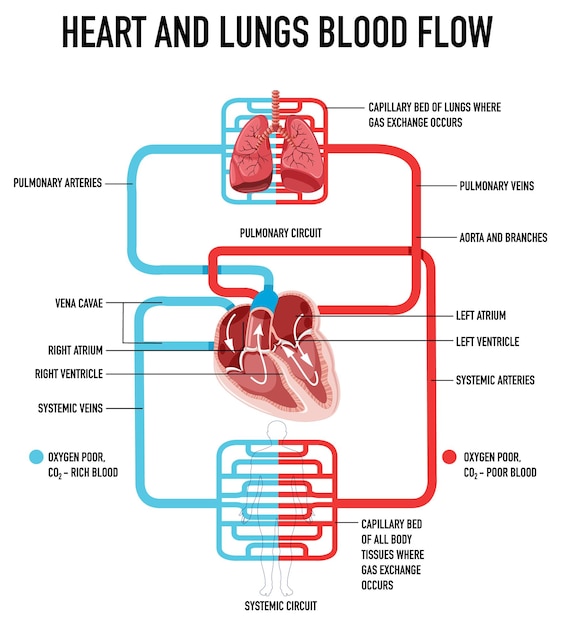 Introduction:
Introduction:
The circulation of blood is the lifeline of our bodies, an intricate symphony of vessels, valves, and pumping mechanisms that ensures every cell receives the vital nutrients and oxygen it needs to function. From the moment blood leaves the heart until it returns, it embarks on a journey that is both remarkable and essential for our survival.
The Heart: The Engine of Circulation
At the center of this marvel is the heart, a muscular organ roughly the size of a fist that tirelessly pumps blood throughout the body. Divided into four chambers – two atria and two ventricles – the heart functions as a dual pump system, with each side responsible for different tasks. The right side pumps oxygen-poor blood to the lungs for oxygenation, while the left side pumps oxygen-rich blood to the rest of the body.
The Path of Blood: Arteries, Veins, and Capillaries
As blood leaves the heart, it travels through a network of arteries, branching out into smaller arterioles until it reaches the microscopic vessels known as capillaries. Capillaries are where the magic of circulation truly happens, as they facilitate the exchange of oxygen, nutrients, and waste products between the blood and the body's tissues. From the capillaries, blood then enters venules, which merge to form veins, eventually returning to the heart to complete the cycle.
The Role of Blood: Nutrient Delivery and Waste Removal
Blood serves as the body's transport system, delivering essential nutrients such as oxygen and glucose to cells while removing waste products like carbon dioxide and urea. This exchange occurs across the walls of capillaries, where the thinness of the vessel walls allows for efficient diffusion. Additionally, blood carries hormones, immune cells, and other substances vital for maintaining homeostasis and responding to various physiological needs.
Regulation of Circulation: Maintaining Balance
The circulatory system is finely tuned to meet the body's changing demands, with various mechanisms in place to regulate blood pressure, volume, and distribution. The autonomic nervous system, hormones such as adrenaline and noradrenaline, and local factors like temperature and tissue oxygenation all play roles in modulating circulation. Through vasodilation and vasoconstriction, blood flow can be redirected to where it's needed most, whether during exercise, digestion, or times of stress.
Challenges to Circulation: Disease and Dysfunction
While the circulatory system is remarkably resilient, it is not immune to disease and dysfunction. Conditions such as atherosclerosis, hypertension, and heart failure can impair blood flow, leading to serious health consequences. Atherosclerosis, for example, is characterized by the buildup of fatty deposits in the arteries, narrowing the vessels and restricting blood flow. Hypertension, or high blood pressure, puts strain on the heart and blood vessels, increasing the risk of heart attack and stroke.
Advances in Circulatory Medicine: Innovations and Treatments
Despite the challenges posed by circulatory disorders, medical science has made significant strides in understanding and treating them. From medications that lower blood pressure to surgical interventions like angioplasty and bypass surgery, a range of options exists to manage circulatory conditions and improve outcomes. Furthermore, ongoing research into regenerative medicine and tissue engineering holds promise for future therapies that could repair damaged blood vessels and restore normal circulation.
Conclusion:
The circulation of blood is a marvel of biological engineering, a finely orchestrated dance that sustains life from the moment we are born until our final breath. As we continue to unravel its complexities and develop new treatments for circulatory disorders, let us marvel at the wonder of this essential physiological process and strive to maintain its delicate balance for the health and well-being of all.



You must be logged in to post a comment.